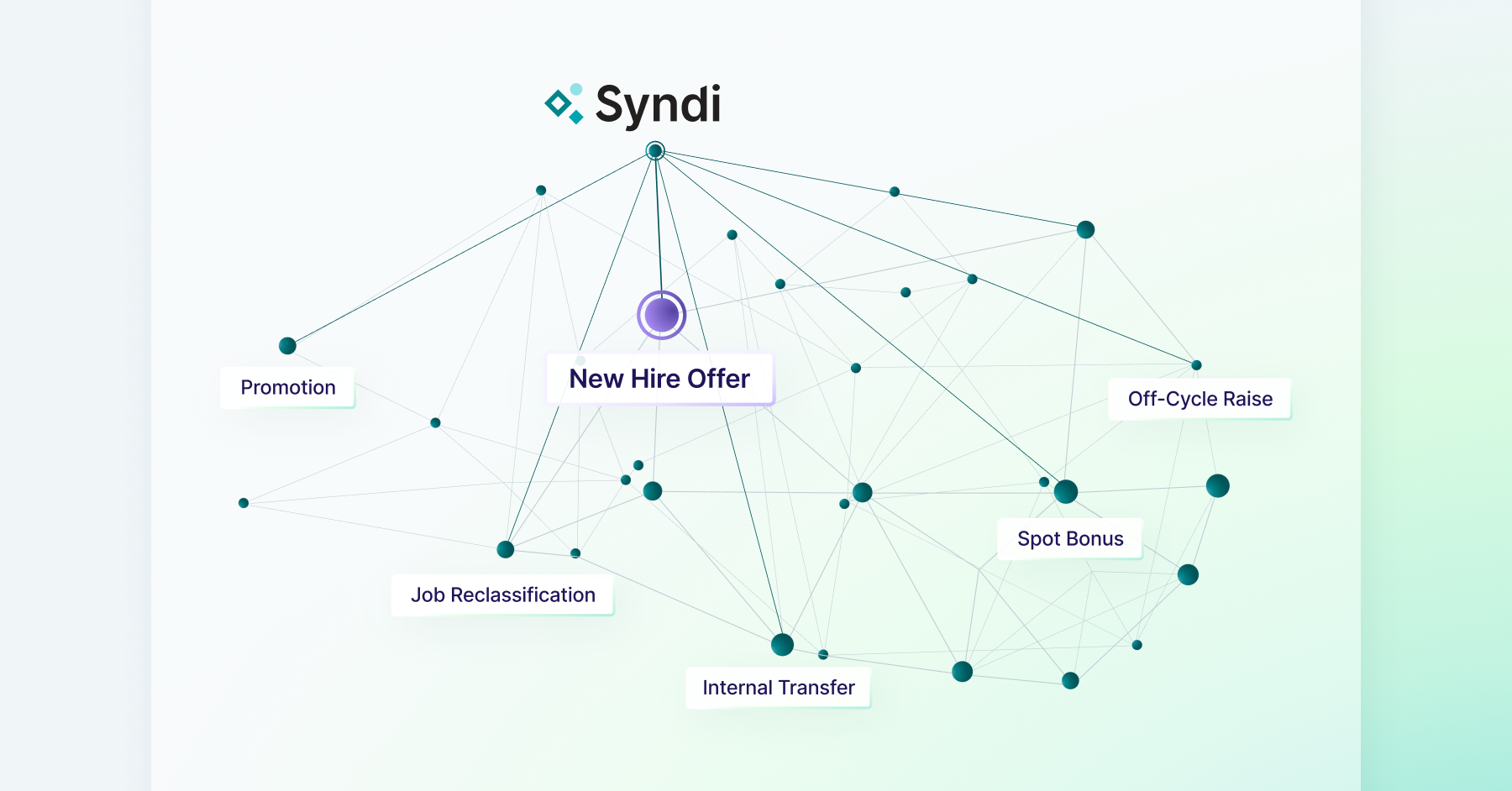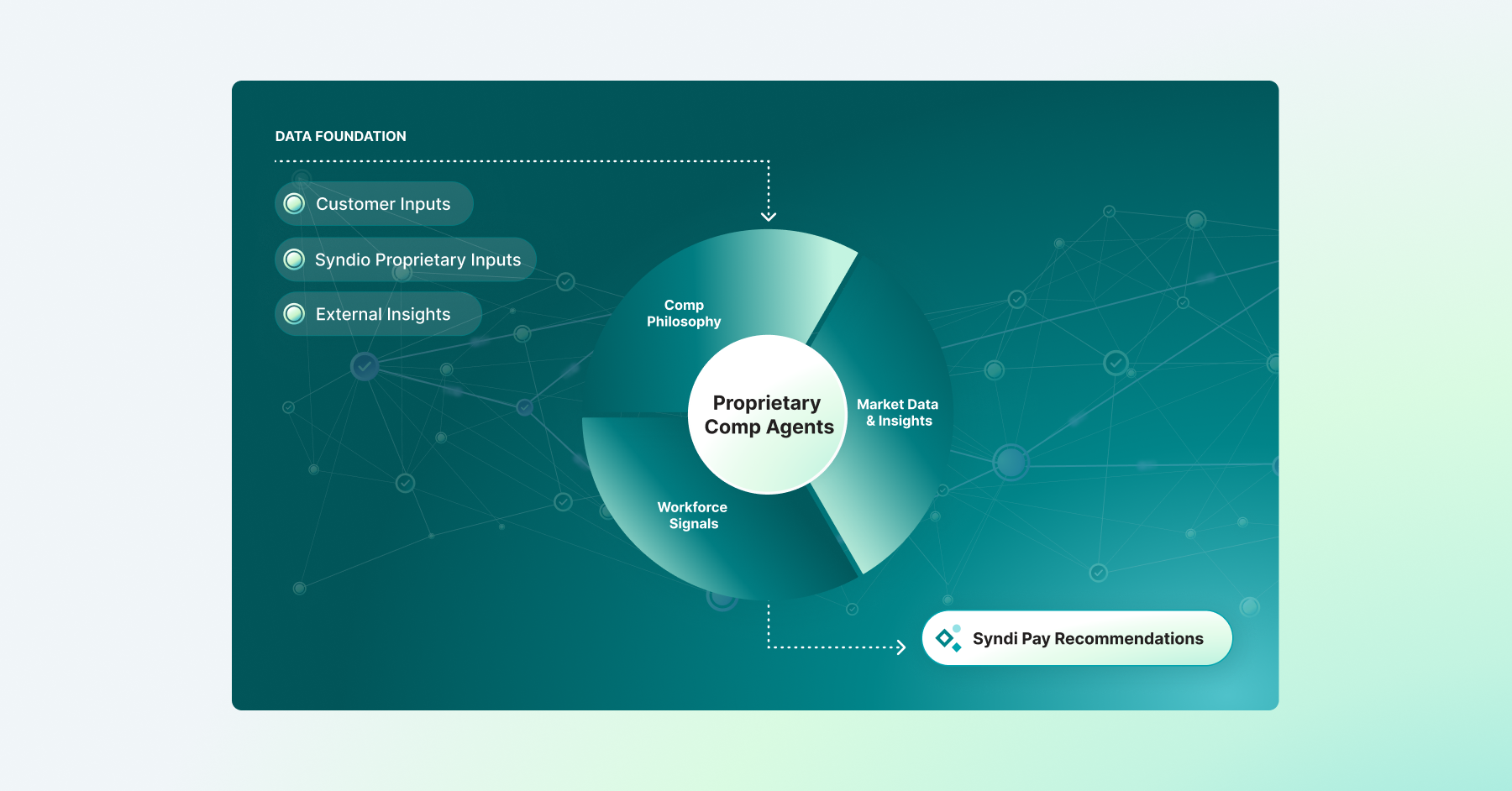The below is pulled from the October 2019 Edition of Workspan Magazine with new additional commentary on setting standards for equal pay for equal work.
Data from the World Economic Forum suggests that it will take 131 years to close the gender pay gap, not to mention the racial pay gap. The Pew Research Center reports women make 85% of what men make, Black people make 75% of what white people make, and Hispanic people make about 70% of what white people make.
Racial and gender pay gaps are widely acknowledged, but little progress has been made in closing them over the past few years.
Traditional methods to address pay equity (i.e. lawyers or labor economists, complex analyses, and a “one-and-done” mentality because their cost structure is so expensive) actually perpetuate the problem of pay disparity. Worse, most labor economists will view time away from work to give birth or to raise children as not job-related, so when using years of relevant work experience as a “control” in these analyses, mothers will forever be behind men.
These and other aspects of the current market solutions are designed to justify and maintain the status quo, not actually fix the problem.
Not only is this inefficient and costly process not in an organization’s best financial or operational interests, but it also fundamentally misunderstands the nature of how to analyze pay equity: It’s not a one-time thing, but an ongoing process that must be repeated regularly to ensure the company is maintaining pay equity as it evolves.
Most companies don’t know there is a right and wrong way to do a pay equity analysis. To shed a little more light on the subject, Syndio worked with the National Women’s Law Center (NWLC), a nonprofit dedicated to gender justice, to draft a set of pay equity standards any company can follow.
A standardized approach to achieve equal pay for equal work
Already adopted by Syndio clients and leading organizations like Slack, NerdWallet and Match Group, these standards outline a three-pronged approach to achieving pay equity:
1. Recognize the obligation to commit to ongoing pay analyses.
- Companies have a responsibility to ensure fair pay for their employees.
- Commit to a cadence of ongoing analyses that are appropriate based on the sie of the employer.
- Evaluate starting pay to ensure pay equity from day one.
- Identify underlying policies, practices, and behaviors that need to be changed to ensure pay equity.
Pay analyses can’t be a one-and-done-initiative. As companies change over time – and all lasting organizations do – they must continuously check in to ensure that pay gaps are still narrowing. Even if a company manages to vanquish its pay gaps, executives need to stay vigilant. Something like acquiring a new organization could make those gaps reappear.
2. Use valid pay equity methodology.
- Set appropriate groups and no gerrymandering.
- Identify any population that’s excluded from the analysis or populations that are no analyzed due to small group size or very few/no gender or race comparators.
- Use parametric and non-parametric tests.
- Analyze all elements of compensation (i.e., bonuses, stock options, etc.) including total annual discretionary pay.
One very common mistake organizations make in pay analysis is looking only at base pay, when in reality, they need to account for the total compensation package, which includes a variety of elements beyond base salary. Perhaps even more problematic is the tendency to exclude certain groups from a pay analysis because they are too small to even be analyzed.
During a pay analysis, if an organization sees it is excluding a significant number of people because certain groupings are too small, it may be a red flag. Disaggregating your way to 100% pay equity is unfortunately not entirely unheard of when trying to achieve equal pay for equal work.
Another methodological issue is that many organizations only discuss mean and median earnings. While pay gaps in mean and median earnings do suggest the existence of a problem, it’s actually a different problem than statistically significant pay disparities between people who work similar roles.
3. Hold yourself accountable to achieving equal pay for equal work and ensure transparency.
- Set an aspirational goal of 100% pay equity and measure against that goal.
- Resolve unexplained pay disparities.
- Consider sharing a top-line summary of results internally with leadership, the board of directors, and/or employees.
Transparency is absolutely key to any effort to close the pay gap — but it’s also the biggest hurdle for companies. With transparency comes accountability. Once an organization announces a commitment, it must follow through — year after year.
Pay transparency is good for companies and employees. The “2019 Compensation Best Practices Report” notes that pay transparency can be a strong driver of recruitment and retention. The benefits of conducting ongoing pay equity analyses the right way are many — for the company, the employees, and the bottom line.


